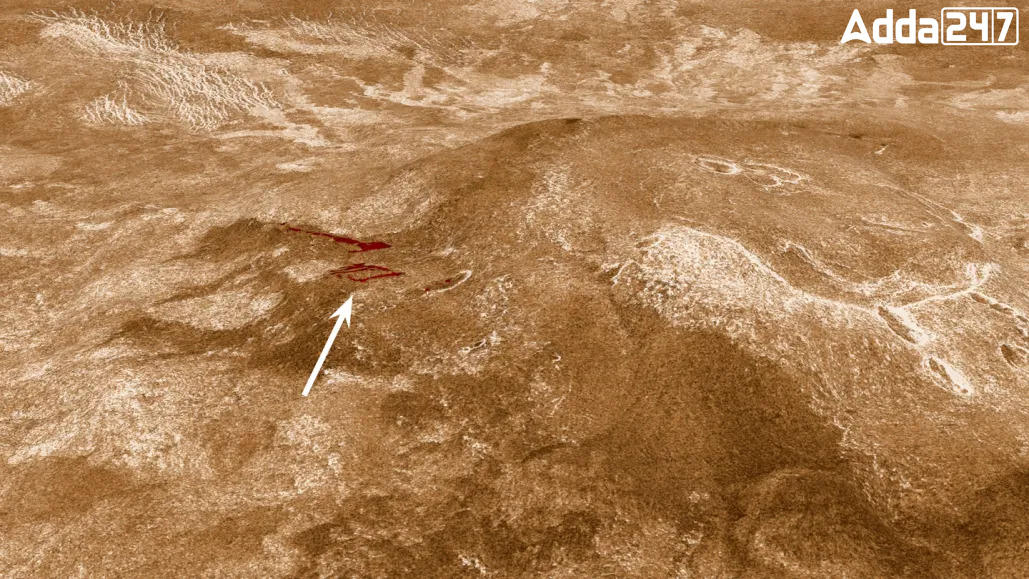Direct geological evidence of recent volcanic activity on Venus has been confirmed for the second time, thanks to archival data from NASA’s Magellan mission. Scientists in Italy have detected surface changes indicating new rock formations from lava flows linked to volcanic eruptions that occurred while the spacecraft was in orbit.
Magellan Mission Overview
From 1990 to 1992, NASA’s Magellan mission, managed by the Jet Propulsion Laboratory (JPL) in Southern California, mapped 98% of Venus’s surface. The mission provided the most detailed images of Venus to date, using synthetic aperture radar to penetrate the planet’s thick cloud cover.
Study Insights
Led by Davide Sulcanese of d’Annunzio University in Pescara, Italy, the study analyzed Magellan’s radar data to uncover new lava flows in two locations: Sif Mons in Eistla Regio and the western part of Niobe Planitia. These findings suggest Venus is more volcanically active than previously thought, with volcanic activity comparable to that on Earth.
2023 Discovery and Comparison
This study builds on a 2023 discovery that provided the first direct evidence of a recent volcanic eruption on Venus. Changes in a vent associated with the volcano Maat Mons were identified, showing molten rock filling the vent’s crater and spilling down its slopes.
Methodology
Researchers utilized backscatter data from Magellan’s radar, analyzing signal strength variations between 1990 and 1992. They ruled out other explanations, such as micro-dunes or atmospheric effects, to confirm the presence of new lava flows. Additional analysis of Magellan’s altimetry data helped identify topographic slopes and obstacles, supporting the interpretation of new volcanic rock.
Quantifying Volcanic Activity
The Sif Mons eruption produced about 12 square miles (30 square kilometers) of new rock, while the Niobe Planitia eruption yielded about 17 square miles (45 square kilometers). These formations are comparable in volume to lava flows from recent eruptions on Earth, such as the 2022 Mauna Loa eruption in Hawaii.
Future Missions: VERITAS
These findings highlight the significance of upcoming missions like NASA’s VERITAS (Venus Emissivity, Radio Science, InSAR, Topography, and Spectroscopy). Slated for launch early next decade, VERITAS will use advanced synthetic aperture radar to create 3D maps and track volcanic activity, offering higher resolution and more comprehensive data than Magellan.



 Zelenskyy and Estonia’s New PM Discuss...
Zelenskyy and Estonia’s New PM Discuss...
 Ronald L. Rowe Jr. Named Acting Chief of...
Ronald L. Rowe Jr. Named Acting Chief of...
 Rahaab Allana Honored with French Arts a...
Rahaab Allana Honored with French Arts a...
